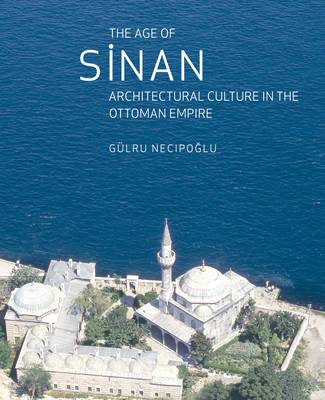Mimar Koca Sinan (c. 1489 1588), the Great Architect Sinan', was appointed chief royal architect to the Ottoman court by Sultan Suleyman I in 1539. During his fifty-year career he designed and constructed hundreds of buildings including mosques, palaces, harems, chapels, tombs, schools, almshouses, madrassahs, caravanserais, granaries, fountains, aqueducts and hospitals. His distinctive architectural idiom also left its imprint over the terrains of a vast empire extending from the Danube to the Tigris, and he became the most celebrated of all Ottoman architects, particularly renowned for his influence on the cityscape of Istanbul. Sinan's most influential buildings were his mosque complexes, where his inventive experimentation with light-filled centralized domes, often compared with parallel developments in Renaissance Italy, produced spaces in which the central dome appeared weightless and the interior surfaces bathed in light.
In this monumental new study, Gulru Necipoglu argues that Sinan's rich variety of mosque designs sprang from a process of negotiation between the architect and his patrons, rather than from unrestrained formal experimentation as has been previously described. The author is the first to use published and unpublished primary sources to illuminate the cultural setting in which Sinan's monuments were produced, received and experienced. The author describes how Sinan created a layered system of mosque types, reflecting social status and territorial rank, shaped by ideas of identity, memory and decorum. Seen from this perspective, Sinan's works, with their highly standardized pattern of forms, used in ingeniously varied combinations, acquire dimensions of meaning that have not been previously recognized.
- ISBN13 9781861892539
- Publish Date 1 July 2007 (first published 1 February 2005)
- Publish Status Active
- Publish Country GB
- Imprint Reaktion Books
- Format Paperback
- Pages 592
- Language English
